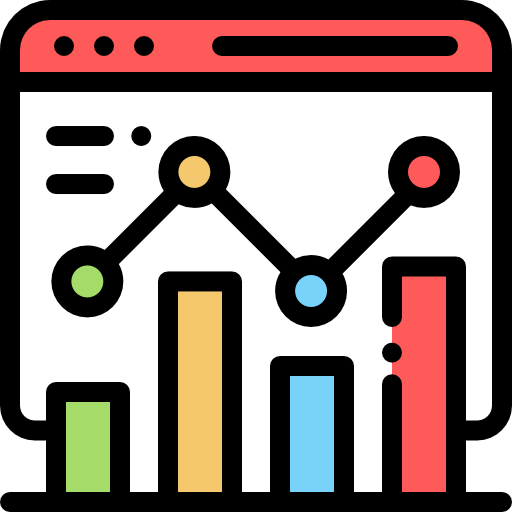Do you ramble when you talk or write? Do you struggle to keep the attention of your audience? Do people misunderstand what you are saying?

Teaching isn't the only career in which clear, effective communication is needed. Do you need to do any of these tasks at your current or desired job?
Explain new ideas and concepts to novices.
Quickly and simply communicate information to an audience with different levels of interest and attention and/or limited amounts of time.
Discuss sensitive topics and give critical feedback to individuals.
These strategies used by teachers will help you communicate clearly and effectively as a professional.
1. Communicate Simply & with Intention

Intentionally speaking and writing with brevity can benefit your personal and professional life.
It helps you be more mindful and selective with your words.
There is less chance of making a mistake or sharing information you shouldn't.
It prevents you from going on pointless tangents.
The receiver is more likely to remember, pay attention, and respond.
It sets the tone for two-way communication instead of a lecture.
As a teacher, I've often had to give bad news about student behavior or progress to a family member. It can be a very sensitive subject, and it's easy to make a mistake.
When discussing with families, I objectively state the facts in a few sentences. Then, I ask the family member for advice. This sets a tone of collaboration instead of conflict.
Remember, if your listener needs or wants more information, they can ask if you give them the opportunity.
2. Get Your Listener Involved
Few people work completely alone in their jobs. If you talk without asking and listening, you'll miss vital information.
When communicating professionally...
Start with a short and simple summary of what you want to talk about.
Give them a chance to respond (count in your head to 10 if it's live communication or wait for a reply if it's an email or text).
If you disagree with what they say, respond nonjudgmentally with more facts.
Provide the listener with information about how they can reach out to you in the future.
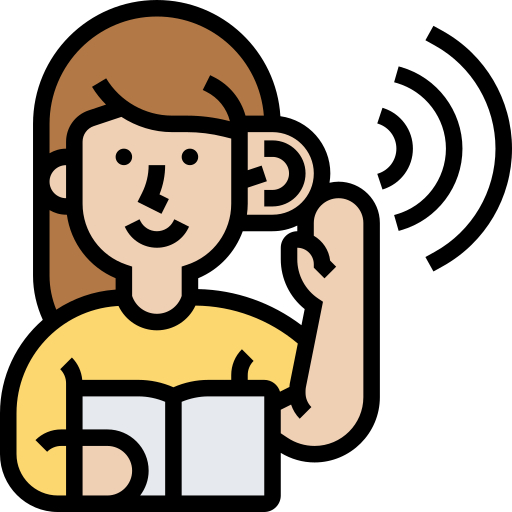
When I had a child struggling with age-appropriate social skills in the classroom, I spoke to the family about my concerns. The family asked about academics when I asked for feedback.
I pivoted to talking about how social skills helped academics. The family started listening to my concerns and asking about ways to support the child's social skills at home.
If the listener doesn't believe or value what you are saying, you can't achieve your goal.
3. Start with an Objective
Know your goal!
If you don't understand your purpose, you can't stay on topic or communicate it to others. You'll ramble without direction, go on tangents, and forget important details you want to say.
Classroom teachers start with a learning objective when creating lessons. This is the goal of the lesson. They eliminate all nonessential information that doesn't help them to achieve their objective.
 Photo by Kelly Sikkema on Unsplash
Photo by Kelly Sikkema on UnsplashAsk yourself:
What do I want to accomplish?
What can I expect my audience to have access to or know?
What form of communication is most suitable?
When I have in person or virtual meetings, I:
Write down my objective(s).
Write down information I need to give or receive to meet my goal.
Use an outline format so it is easy to read.
Give myself a half-page limit.
Rehearse what I will say mentally as I read my notes.
Bring my outline and a pen to my meeting.
Bringing a pen and paper allows me to remember questions and comments I think of when others are speaking so I don't forget. Then, when I'm able to speak, I can recall all the points I thought of. I can also make notes for myself for later.
Quiz
Simon has a meeting coming up for a big project he is collaborating with several coworkers on. He wants to prepare. What should he do? Select all correct answers:
4. Know Your Audience
A teacher must understand age-appropriate strategies and individual student strengths, weaknesses, needs, and prior knowledge to create successful, engaging lessons.
Anyone who needs to communicate for their job should have the same level of understanding if they want to be understood and have their listeners pay attention.
Ask yourself:
Do they need any accommodations to understand you?
What can you reasonably expect your audience to know?
What are they interested in knowing?
Do you need feedback?
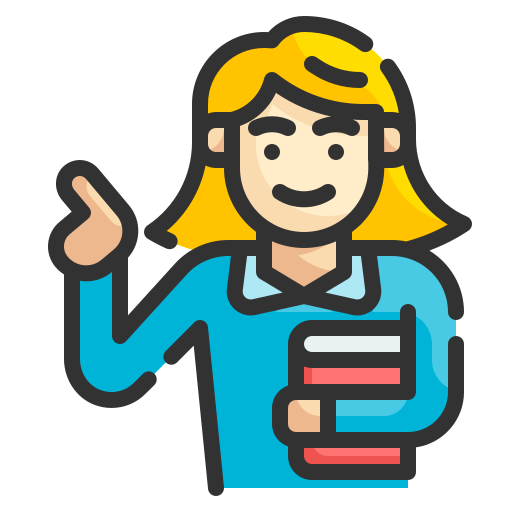
When communicating professionally...
Consider if your listener(s) speak another language or have other needs.
Avoid professional jargon when communicating to people outside your field.
Find a mutually convenient way and time to communicate with individuals. You won't get the same level of attention at 6pm on Friday as 11am on Tuesday.
5. Use Visual Aids
In the classroom, decor is a reminder of the rules, routines, procedures, and knowledge. Pictures play a large role in posters and quickly and easily remind new and beginner readers.
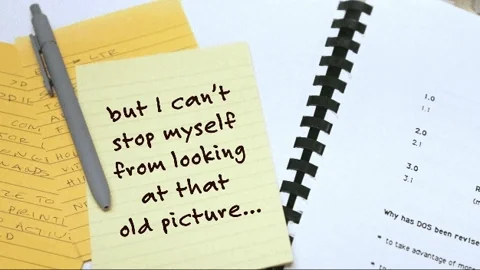
The benefits of using graphics:
Communicate faster & more clearly
Avoid language barriers
Create a more interesting format
Highlight important information
Ask yourself:
Does your information include data that could be made into a chart?
Are there images that can substitute for text?
Are there images that can reinforce key points?
Do you have large blocks of text that need images to break them up or organize them?
6. Use Technology Correctly
Technology is amazingly advanced and amazingly stupid. It can improve your communication or sabotage it.

Technology can...
Help you communicate with more efficiency.
Improve your writing.
Easily create and add visuals and/or links to more information.
Share information regardless of distance.
When using technology...
Limit yourself to a few communication tools that everyone is familiar with.
Consider the network and device access of all members.
Consider accessibility needs.
Select the correct tool for the task.
Which tool is right for you?
If it's short and simple, consider a messaging app.
If it's more complex with links or attachments, use email.
If you need feedback or it's sensitive, meet in person or virtually.
Scenario: Susan's Training Session

Susan is a store manager for a grocery store chain. She has been asked to coordinate mandatory training for all employees at her store. The training will require the store to close early for a few hours.
The employees must be told the time, location, complete a pre-training survey, and bring specific items to the training. Customers will also need to be informed of the early closing.
Which is the best way for Susan to communicate the information to the store employees and customers?
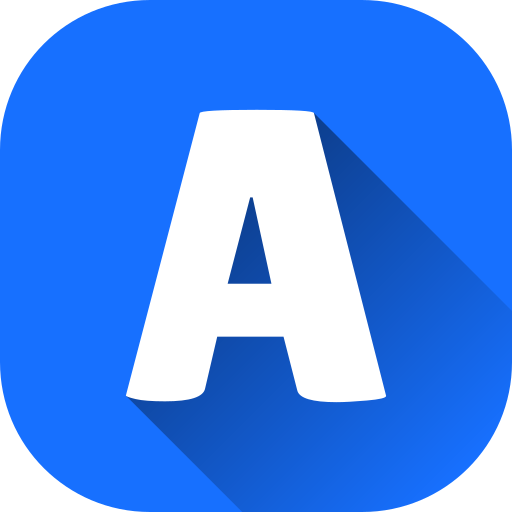
Customers: Send an email to customers in the loyalty program who have provided contact information. Place a sign on the front door for other customers.
Employees: Send an email with the date, time, and location, and a link to the survey.

Customers: An announcement over the speakers the day before of tomorrow's early closing.
Employees: A sign in the staff break room telling them of the date, time, and location and an address for the online survey.

Customers: Send a text to customers in the loyalty program who have provided contact information and place signs on the front door, in front of all registers, customer restrooms, and other areas customers may need to wait in lines (example: deli counter).
Employees: Send an email with the date, time, and location, materials needed for the training and a link to the survey a few weeks before.
Make sure to encourage employees to reply to the email or talk in person if they need more information.
Send reminder texts to the employees a few days before reminding them of the date and time, to take the survey and what they will need. Post a sign in the breakroom to remind employees.

Customers: Have cashiers hand out flyers at checkout to the customers two days before.
Employees: Tell store opening employees to tell the next shift of workers about the training date, time, survey, and materials needed. Ask the store opening employees to tell the next shift when they relieve them, and so on.
Quiz
Select the best answer:
Take Action
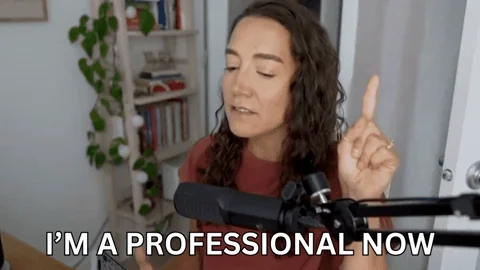
Get ready to improve your professional communication skills:
Your feedback matters to us.
This Byte helped me better understand the topic.

